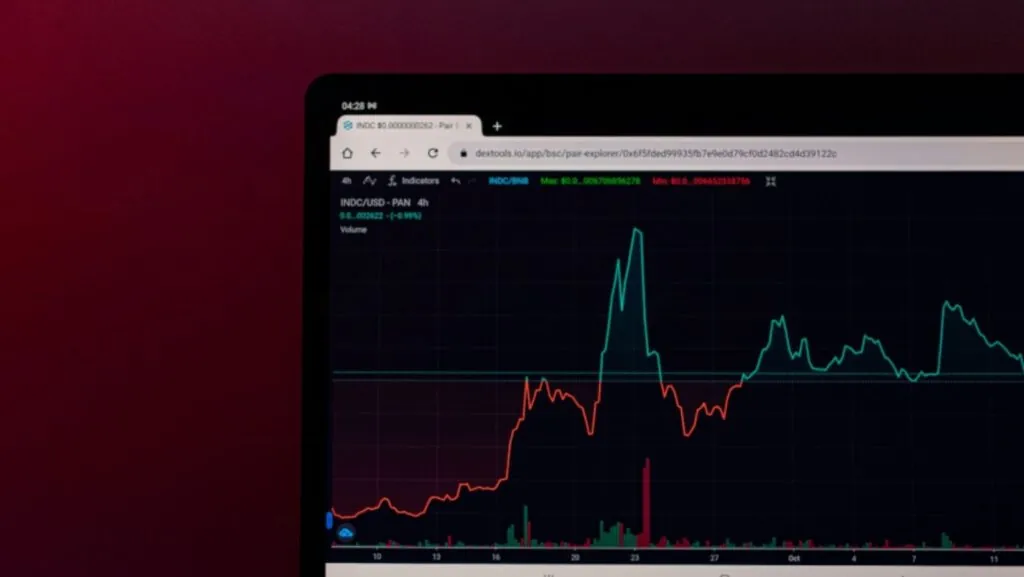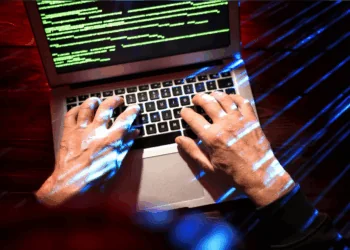Supposing that you know what you’re doing when betting online, you’ll quickly realize that the value of looking for real-time opportunities is one of the greatest assets of a seasoned gambler. It requires good and highly trained instincts, knowledge about the sport, and the willingness to assess and address opportunities and take note of them.
The art of live betting is more about setting yourself up to take advantage of chances rather than just seeking them and throwing bets around. Yes, it’s good to spread your options and showcase a level of savvy that makes the most of your chances. However, you need to put yourself in a position to actually capitalise on these opportunities.
This article will do more than just direct you to football predictions and say which ones are worth noting during a game. Sports betting has a lot of fascinating intricacies that are worth discussing as a matter of useful directions. Since they also provide strategic upside and a sense of individual coolness, you should understand them in such a way that it sets you up for successful bets.
We will provide you with a primer that introduces the definitions and standard explanations of live betting. Afterward, we’ll discuss some more advanced concepts that will clarify what you need to look for when addressing and assessing live wagering opportunities.
Why live betting differs from regular staking
When a bookmaker decides to launch its odds on the market, its first step is to calculate these odds based on proprietary formulas that work with probabilities. They have various data points that they use, including previous odds, and ensure that these probabilities work in conjunction with a little inflation that acts as the house edge (the vigorish).
In this sense, they operate with historical, current, and preconceived biases that stem from this data. Proper and balanced odds are far from being a guarantee, which is why you’ll see plenty of shifts during the build-up process behind an event. If the odds are for future bets that account for an entire season or competition, the odds suffer numerous changes.
Live betting is different because it creates a sense of urgency in both the bookmaker and the bettor. Each new development, such as the score, player movements, place of play, and visible form are clear determinant that has the potential to change the odds. With every new change, there can be a shift in odds calculations.

For you, the one who wagers, you’d have to look at the real-time play and determine if you want to chime in with a bet on a specific outcome. You can observe the nature of individual performances and decide to go for player-centric prop bets, or bet on the final numbers of a team.
You are observing trends as they take shape, which is why you can act intuitively or support your suppositions with data. Naturally, you can have the tendency to go for specific outcomes, and so do multiple times. The most important part is knowing when to react, and not overextending your bets by trying to strike gold every time something important happens in the game.
Understanding the principles of initial and closing line value
If you are to make play-in bets (another name for the live wagers), you need to have a very strong grip on the checkpoints that the odds go through. This way, you are able to identify the magnitude of specific circumstances, especially when it comes to the effect that they have on bookmakers.
- The initial line is when all the data is raw, and the oddsmaker operates almost intuitively. As we’ve said, they collate all the circumstances surrounding a sports event and set their odds up. They don’t know what the bettors think, or what a certain permutation would have an effect down the line.
- Closing lines are the last odds that you can bet on before the event kicks off. It can go in many different directions, especially if the bookmaker has reasons to believe that their calculation model didn’t reflect a balance and reasonable theoretical outcome. For example, mass wagering on an outcome, influential bettors (heavy money), and aspects like injuries and weather forecasts can shift the odds.
- In-play odds are those that a modern bookmaker would leverage during the game. If there are visible and altering contextual points going on, the odds will be shifting in real time. If you have enough of an understanding of how the bookmaker tends to react, you will know when to make bets on an outcome before the odds change due to the bookmaker’s reflexive actions.
What this chain of processes should tell you is that you need to study the arc of an oddsmaker. Knowing how each sports element has a bearing on the movement of odds is crucial in understanding how a sportsbook operates. You’d anticipate its moves and extract value from quick decision-making.
Real-time reading of data works well when you’ve done your homework
Data has a lot of bearing on how you move around with your stakes, especially if you want to play the probabilities. Every statistic and metric has a certain data bias that looks at the raw number from in-play.
If a basketball team takes contested shots and has the lead, the data can suggest that they are having a good time scoring and are efficient. However, you may know that, analytically speaking, these are not quality looks, and that the ‘hot hand’ may get cold, especially once the defense tightens up. If the score is close, you know that you are seeing unsustainable gameplay from a team that fails to pull away, which may open the door for defying the odds that give them as favorites.

In (gridiron) football, we see plenty of similar circumstances with teams that are not having a good time doing something as clear as blocking during offense. If a team has a strong-armed, highly efficient quarterback, you can always have a game-breaking pass that puts them in great field position or even leads to a TD. However, if you are seeing them pummeled, under pressure, and prone to being sacked by stunts, that shot may never come. You would have a better process if taking a leap of faith meant a successful bet or wasted money.
Even association football has its own elements. If you are seeing someone struggle to keep hold of the ball due to increased pressure, you may think that a mistake can always lead to a goal. However, the data that leads to the odds will show the same thing. If the pressured team is the one that has a counterattack prowess that can lead to a sudden tilt in scoring, this is where you can gain a margin: the success in long passes.
Conclusion: Staying strategic and frugal with your bets is essential
As long as you understand and identify the upside in these bets, you will probably feel like the chances are in your favor if you are daring. We can understand the sentiment, but we can’t say that we agree with it wholeheartedly.
We are aware of how appealing it is to look with watery eyes at certain odds and think that your next big break comes from that situation. However, staving off this reflex is all about knowing that some bets, despite all the data and sound reasoning in the world, will simply fail because of various reasons.
As such, our advice is to always be frugal with your bets instead of staking the whole barn on a wager. Moreover, don’t forget to play responsibly whenever you enter a betting mindset and are getting ready to wager!














Discussion about this post